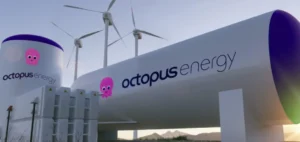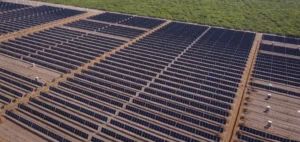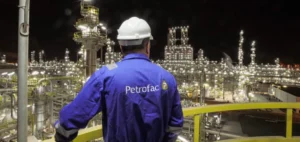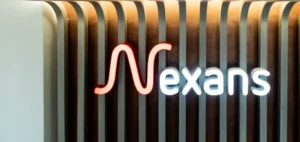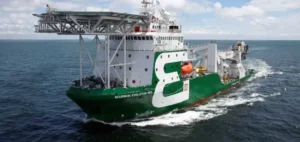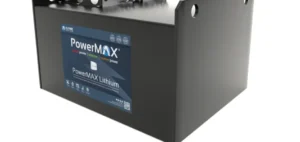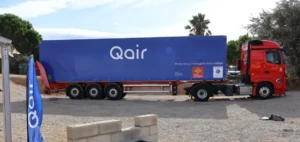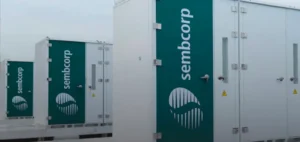The oilfield services company Halliburton has released its third-quarter results, showing a significant decline in net profit. This 20% drop compared to the previous year is attributed to several factors that weighed on the company’s performance, particularly in North America, its main market.
Net profit for the quarter, ending in September, stands at $571 million, down from $714 million a year earlier. This result includes an exceptional charge due to a cyberattack that occurred in August, which had a considerable impact on the company’s performance. The attack forced Halliburton to incur expenses to enhance its cybersecurity and assess the damages, directly influencing its net income.
Slowing demand in North America
North America, Halliburton’s primary market, experienced a notable slowdown. Revenue in this region decreased by 8.4%, reaching $2.4 billion during the quarter. This decline is attributed to a drop in demand for pressure pumping services, a core segment of Halliburton’s U.S. business. The company observed a similar decrease in activity during the second quarter, which has continued to affect its revenue in this market.
Halliburton’s activity was also impacted by adverse weather conditions in the Gulf of Mexico. Two hurricanes, Francine and Helene, led to temporary interruptions in drilling operations, affecting revenue from this strategic region for the group.
Contrasting performance in international markets
In contrast, some international regions contributed positively to the company’s results. In the Middle East and Asia, Halliburton’s revenue increased by 8.6% to reach $1.5 billion. This growth is largely due to the expansion of new drilling facilities, particularly in Saudi Arabia and Kuwait, where activity was supported by local investments in energy infrastructure.
The Europe/Africa region saw stable revenue at $722 million, indicating no growth but also no decline in these markets for the quarter. In Latin America, results remained nearly unchanged, with revenue at $1.05 billion, illustrating a stable market without significant expansion.
Investor reaction and outlook
Despite these mixed results, investors reacted moderately. Before the New York Stock Exchange opened, Halliburton’s stock posted a slight gain of 0.33%, suggesting some confidence in the company’s ability to rebound in the upcoming quarters. However, the company faces the challenge of strengthening its resilience against cyberattacks and boosting demand in North America.
Halliburton continues its efforts to diversify its international activities and optimize its operations, a plan that may prove crucial amid current volatility in energy markets.




